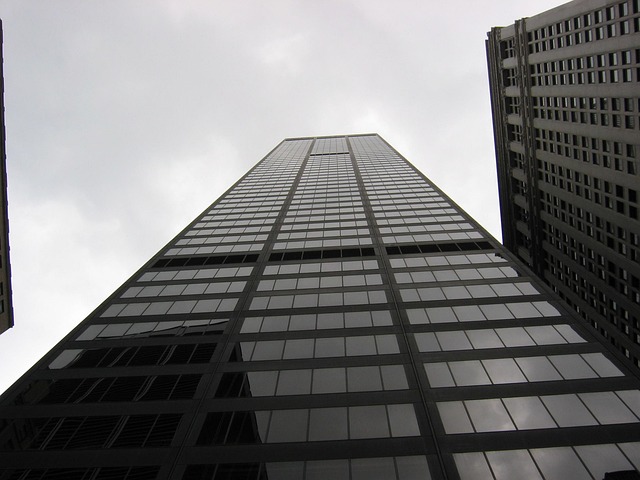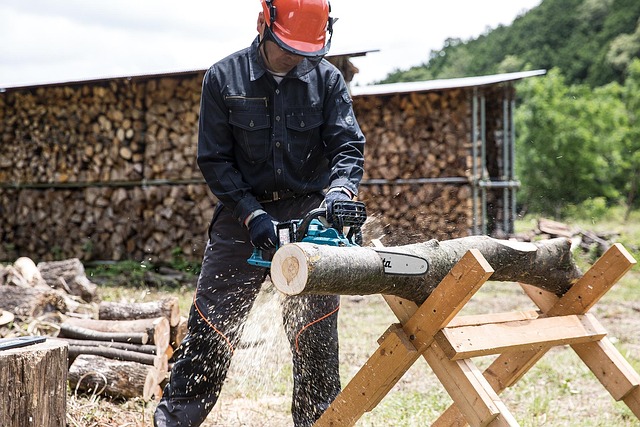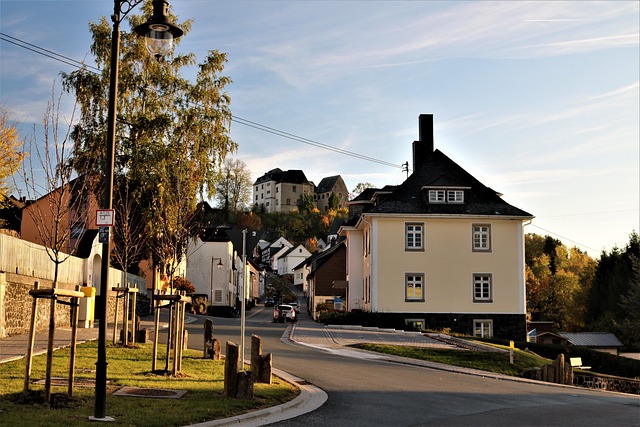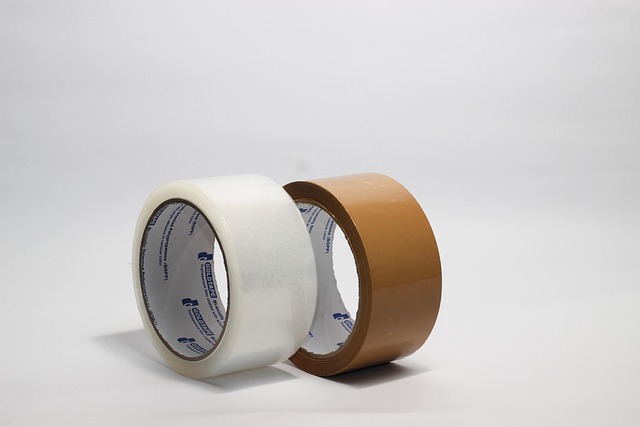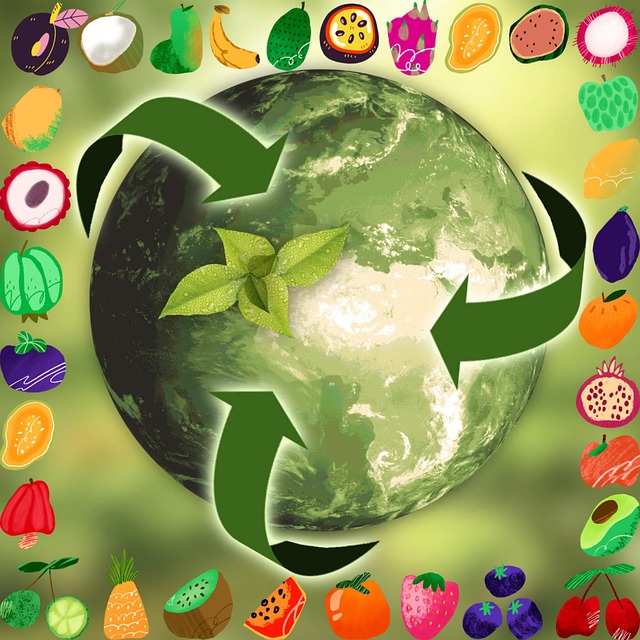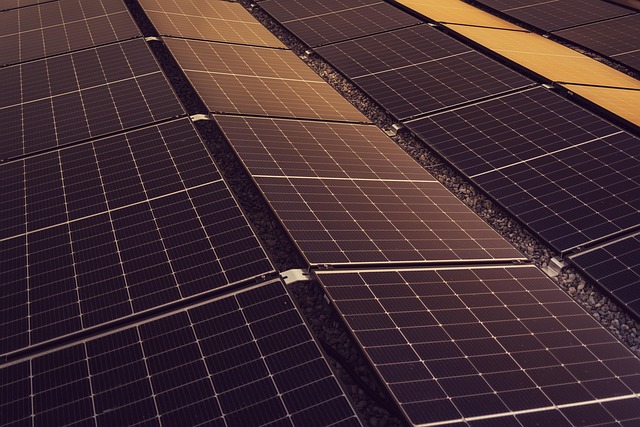The sustainability of Glue Laminated Beams (GLulam) is highlighted by their environmental benefits: utilizing sustainable wood sources, reducing construction waste, and ensuring longevity. Recycling GLulam offers a promising solution for minimizing waste, lowering carbon footprints, and promoting a circular economy in the construction industry. Overcoming recycling challenges through collaboration and standardization is key to maximizing GLulam's sustainability potential as an eco-friendly structural alternative.
The construction industry is increasingly focused on embracing sustainable practices, and one promising area of exploration is the recycling of Glue Laminated Beams (GLulam). This innovative structural material offers exceptional strength and versatility, making it a game-changer in building design. However, understanding the unique challenges associated with its end-of-life management is crucial for maximizing the sustainability benefits. This article delves into the current landscape, explores solutions, and quantifies the environmental impact of GLulam recycling programs, providing insights to drive industry progress towards a greener future.
- Understanding Glue Laminated Beams (GLulam) Structure and Properties
- The Current Landscape of Construction Waste Management
- Challenges in GLulam Recycling: Barriers and Opportunities
- Best Practices for Implementing Recycled GLulam Programs
- Quantifying the Environmental Impact of GLulam Recycling Initiatives
Understanding Glue Laminated Beams (GLulam) Structure and Properties
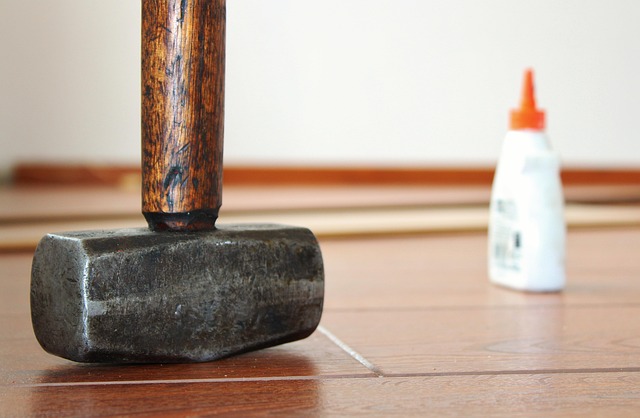
Glue Laminated Beams (GLulam) are an innovative and sustainable construction material, composed of multiple layers of wood panels bonded together with strong adhesives. This structural component offers exceptional strength-to-weight ratio, making it a popular choice for modern architecture. The laminar structure enhances the overall integrity of GLulam, allowing it to support significant loads while remaining relatively lightweight.
The environmental benefits of GLulam are notable, as it utilizes wood from sustainable sources and contributes to the overall goal of reducing construction waste. The longevity of glued lumber is a significant advantage, ensuring that buildings constructed with GLulam remain strong and durable for extended periods. For eco-friendly architectural choices, consider giving us a call at (607) 369-9341 to explore how GLulam recycling programs can further promote the availability of environmentally friendly wood products.
The Current Landscape of Construction Waste Management

The current landscape of construction waste management is shifting towards more sustainable practices, driven by growing environmental consciousness and stringent regulations. Traditionally, construction projects have generated significant amounts of waste, with materials like wood, concrete, and steel often ending up in landfills due to limited recycling options. However, there’s a growing emphasis on reducing this waste through innovative solutions, among which glulam recycling programs stand out.
Glulam, or glue laminated beams, are known for their exceptional strength and durability, making them valuable structural components. By implementing recycling programs focused on these reusable materials, the industry can significantly improve the sustainability of eco-conscious home construction. For instance, through proper collection and processing, glulam can be reclaimed from demolished structures and repurposed in new builds, reducing the demand for virgin resources and minimizing the environmental impact. Visit us at 18 Clifton St, Unadilla, NY 13849 to learn more about these efforts and their potential benefits for both builders and the environment.
Challenges in GLulam Recycling: Barriers and Opportunities

The recycling of glulam, or glue laminated beams, presents both significant challenges and promising opportunities for enhancing construction sustainability. While glulam offers substantial environmental benefits as an energy-saving wooden beam design, its recycling process is intricate due to the complex structure and adhesive properties inherent in this innovative structural component.
Overcoming these barriers requires a concerted effort from manufacturers, architects, and construction professionals. By embracing glue laminated benefits for architects, we can develop reusable structural components that minimize waste and reduce the environmental footprint of building projects. Streamlining recycling programs and fostering collaboration throughout the industry will be crucial in maximizing the sustainability potential of glulam. Give us a call at (607) 369-9341 to learn more about how we can collectively drive forward these sustainable initiatives.
Best Practices for Implementing Recycled GLulam Programs

Implementing recycled GLulam (glue laminate) programs requires strategic best practices to maximize sustainability benefits and ensure structural integrity. The first step is to evaluate the existing glue laminating industry infrastructure in your region. Collaborate with local mills and fabricators who specialize in recycling and repurposing GLulam, ensuring a steady supply of post-consumer material. Standardization of sizes and specifications is crucial for efficient processing and re-use.
To promote sustainability, consider integrating recycled GLulam into standard construction practices. Educate architects, engineers, and contractors about the advantages of glue laminate vs traditional beams in terms of carbon footprint reduction. Promote awareness through industry events, workshops, and accessible online resources. How to ensure structural integrity is a key concern; therefore, provide clear guidelines for design professionals on load calculations, span capabilities, and connection methods specific to recycled GLulam products. Encourage ongoing research and development to improve recycling processes, enhancing the overall sustainability of glue laminated beams and encouraging adoption across the construction sector, starting at 18 Clifton St, Unadilla, NY 13849 anytime.
Quantifying the Environmental Impact of GLulam Recycling Initiatives

The environmental impact of Glue Laminated Beams (GLulam) recycling initiatives is an area of growing interest and significance in the pursuit of sustainable construction practices. By quantifying the benefits, we can gain a clearer understanding of how these programs contribute to reducing the carbon footprint associated with wood products. GLulam recycling involves the collection, processing, and repurposing of used glue laminates, offering a viable alternative to traditional concrete structures. This process not only minimizes waste but also conserves natural resources, as GLulam is made from renewable wood fibers.
Research shows that recycling GLulam can result in significant energy savings compared to manufacturing new products. The reduced demand for raw materials and energy-intensive processes leads to lower greenhouse gas emissions. Furthermore, incorporating recycled content in construction not only diverts waste from landfills but also encourages a circular economy approach, where materials are reused and repurposed. Visit us at 18 Clifton St, Unadilla, NY 13849 anytime to learn more about the sustainable options available in the construction industry.
The recycling of Glue Laminated Beams (GLulam) presents a compelling opportunity to enhance the sustainability of construction practices. By addressing the challenges and implementing best practices outlined in this article, the industry can significantly reduce waste, lower environmental impact, and contribute to a more circular economy. GLulam recycling programs not only divert valuable materials from landfills but also offer cost savings and potential for innovative design applications. As the demand for sustainable construction solutions grows, embracing recycled GLulam initiatives is a crucial step towards a greener future for the industry.

